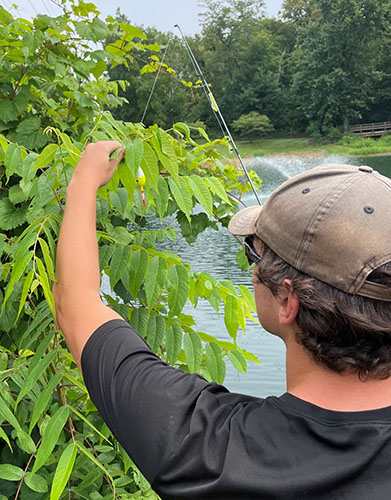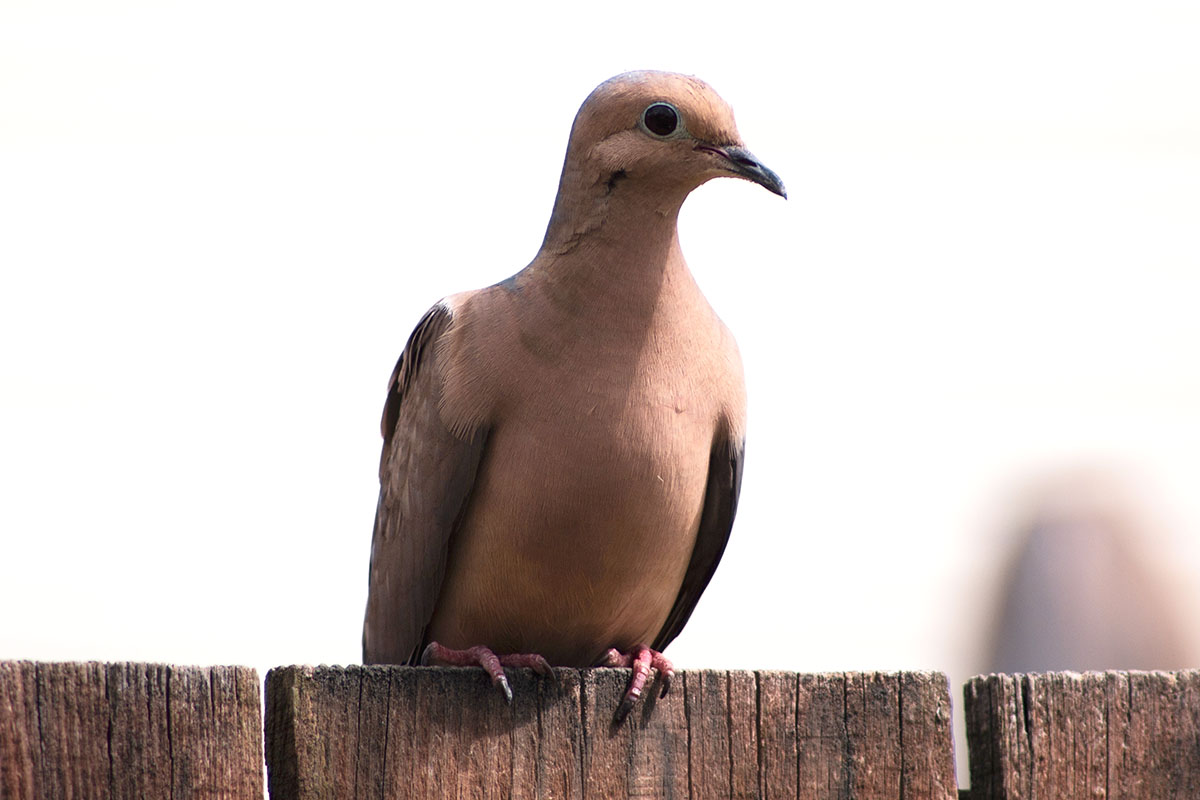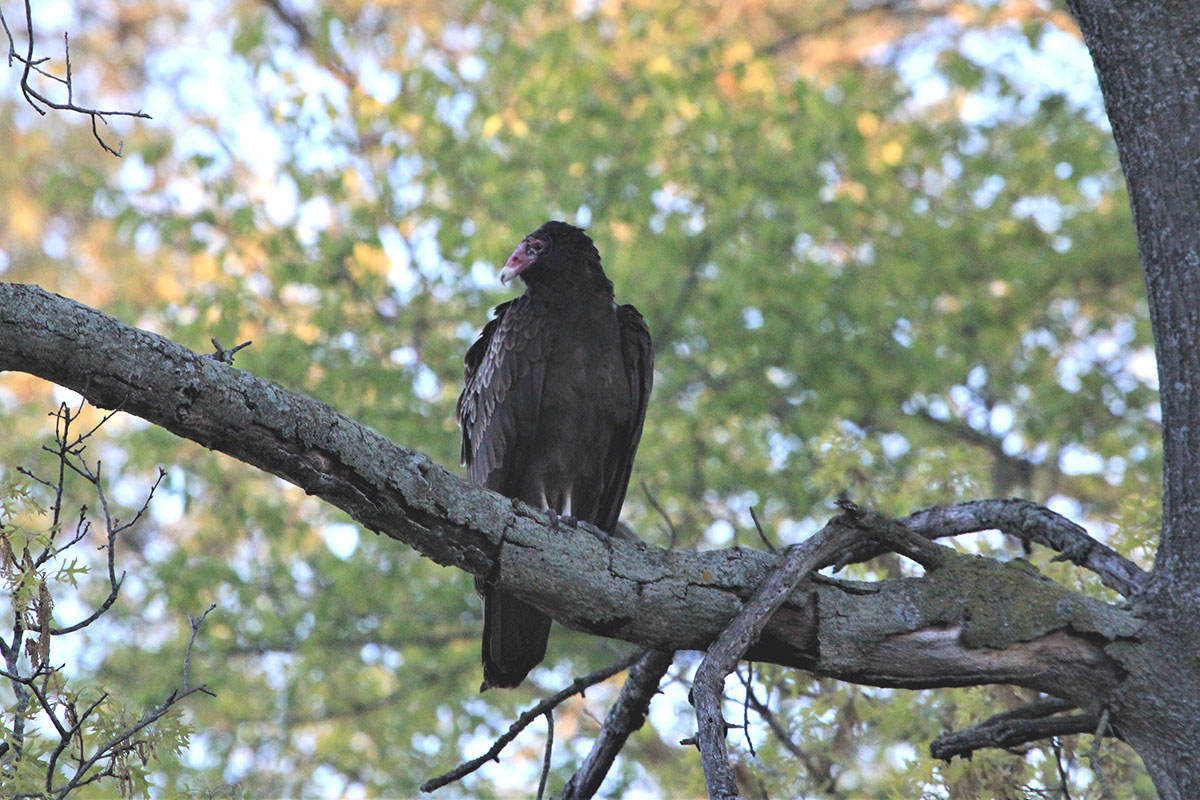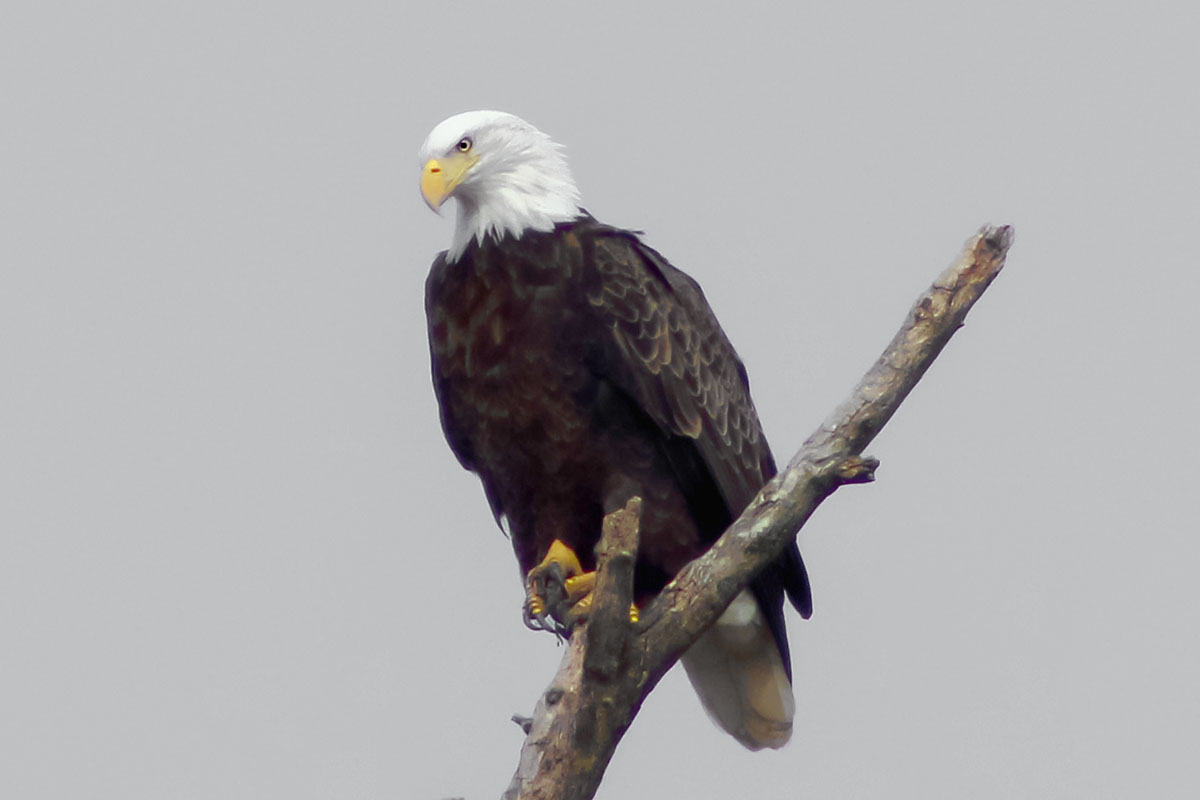Lead is a naturally occurring element in our environment that can be toxic at low levels of exposure. Increased levels of lead in the environment affect both humans and wildlife, especially raptor species. Lead shot is used by many hunters, and its use is regulated in the state of Indiana. Hunters are required to use non-lead (non-toxic) shot when hunting waterfowl anywhere in the state and when hunting mourning dove on all Fish & Wildlife areas. Lead shot may be used when hunting other species, and it may also be used in fishing tackle.
Ongoing Efforts
- Lead removal at ranges
The Division of Fish & Wildlife conducted a lead recycling effort between 2016-2017 on our shooting ranges in accordance with the EPA standards for lead cleanup.
- Screening in wildlife
The Division of Fish & Wildlife occasionally screens wildlife for lead exposure. Recently, gray foxes and bobcats were screened for lead exposure. Both had insignificant lead in their systems, which shows they are not being impacted by lead.
- Non-lead shot in migratory bird hunting
Hunters are required to use non-lead shot when hunting waterfowl anywhere in the state and mourning dove on all Fish & Wildlife areas to help minimize lead exposure.
What can I do to help?
- Hunters
Depending on what ammunition type you buy, non-lead ammunition doesn’t cost much more than your usual lead selection. Check with your favorite retailer to discuss what non-lead ammunition may be best for you. If you use lead shot, dispose of your carcass or gut pile in a way that minimizes lead exposure to birds. Don’t leave it out to see from the air or close to a waterway. Birds such as bald eagles are especially sensitive to lead exposure.
- Anglers
 Depending on what material you buy, non-lead tackle is similar in cost to lead tackle. If you choose to use lead tackle, do your best to retrieve tackle that breaks off from your line and dispose of your tackle in appropriate ways, such as recycling when possible. Maintaining your line can help reduce breakages and loss of tackle. It is recommended that you replace your monofilament fishing line once a year, fluorocarbon every 18 months, and braided line every other year. If you fish often, you may need to replace your fishing line more frequently.
Depending on what material you buy, non-lead tackle is similar in cost to lead tackle. If you choose to use lead tackle, do your best to retrieve tackle that breaks off from your line and dispose of your tackle in appropriate ways, such as recycling when possible. Maintaining your line can help reduce breakages and loss of tackle. It is recommended that you replace your monofilament fishing line once a year, fluorocarbon every 18 months, and braided line every other year. If you fish often, you may need to replace your fishing line more frequently. - Everyone
The best action you can take to minimize lead in the environment is to dispose of your lead products properly. Take lead products home with you and dispose of them in your own trash or recycling bins. If you come across lead ammunition or tackle in an outdoor area, pick them up and dispose of them by putting them in the trash or recycling them, depending on the item. If you have a pair of cloth, leather, or rubber gloves with you, wear those while handling the trash. Be sure to wash your hands after handling all lead equipment.
You can help clean up our public lands by picking up lead products as well as other trash and litter with a bag or bucket when you visit Indiana’s lands. Reducing waste on the landscape helps keep Indiana clean and healthy.



